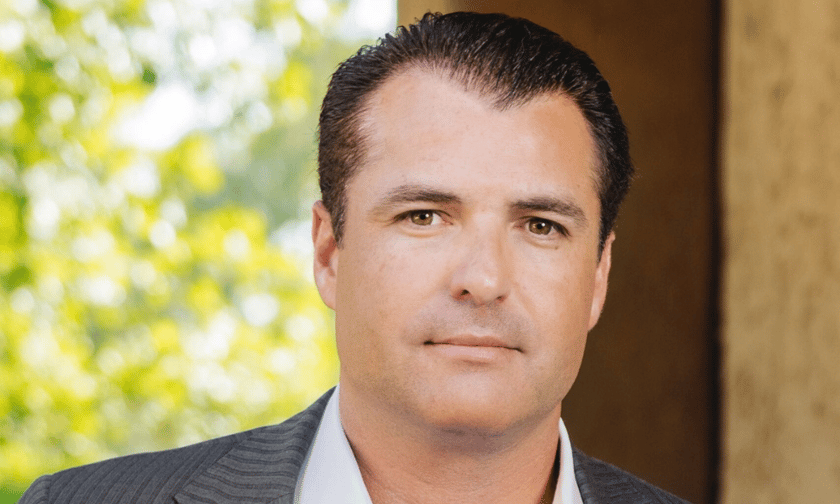

Everything’s bigger in Texas – including the E&S space. The US E&S market has experienced rapid growth, with Texas being a major contributor. In 2022, the US surplus lines market saw a 19.2% increase in direct premiums written, reaching $98.5 billion – and Texas consistently being one of the largest surplus lines markets in the country.
Gordy Bunch (pictured), CEO of The Woodlands Financial Group (TWFG), told IB that a rise in catastrophic events including the 2025 California wildfires coupled with Hurricanes Milton, Helen, Beryl, multiple tornado derecho events, and increased frequency of severe convective storms, means that the Lone Star State will continue to see an expanded dependency on the E&S market. Texas is unique given it is exposed to wildfire, hurricane, flood, tornadoes, ice storms, severe convective storms and earthquake.
“The definition of catastrophic geography is expanding – it’s no longer just a coastal area,” Bunch said. “Wildfire geography and severe storm zones are expanding, and with that, we’re seeing a lot of traditional declinations moving into the E&S space.”
And, as large national carriers reevaluate their exposure, secondary and tertiary markets are stepping in. “Something we’ve lived through is several cycles triggered by concerns over rate adequacy and risk management, leading to withdrawals from national players. E&S has long played a role as that secondary or tertiary market,” Bunch said.
TWFG is capitalizing on this shift by strengthening its managing general agent (MGA) E&S offerings and TPA services.
“We act as a surplus lines MGA and TPA for carriers, helping them write E&S portfolios through our distribution platforms. We also partner with specialty E&S markets to ensure our distribution networks have access to those markets,” Bunch told IB. “We’re making ourselves available to act as an MGA for those seeking to distribute surplus lines property coverage. By securing binding authority contracts, we can develop new capacity that provide solutions in challenging markets.”
With traditional carriers pulling back their capacity, more opportunities are opening up for E&S insurers. Here, for Bunch, it’s about balancing competitive pricing and coverage while ensuring long-term sustainability – especially in a more volatile segment.
“Everybody’s probable maximum loss (PML) management emphasis has definitely led to some retreating from national markets,” Bunch said. “When that happens, secondary markets turn to regional carriers, state-backed insurers step in, and the tertiary market moves into E&S coverage. We have relationships with local, national, state, regional, and super-regional markets. As a distribution platform, our goal is to ensure access to all available capacity options.”
Bunch anticipates a continued shift toward wholesale E&S coverage due to its flexibility.
“I think we’re going to see more movement toward the E&S space, where it’s easier to get rate and form changes without going through the lengthy state regulatory process. If an E&S insurer realizes a form isn’t working, they can modify it in real-time, rather than waiting for state regulators to approve changes months or years later. This flexibility is key to maintaining capacity in a volatile environment.”
And, while catastrophe-exposed areas are seeing the most movement, Bunch is quick to highlight other, more nuanced, evolving trends within the E&S space.
“If you have pricing and forms that produce predictable outcomes, E&S has a long-term growth opportunity,” he said. “Take California wildfire risk – right now, E&S is absorbing a lot of it, but changes in state policies could impact capacity,” Bunch said. “In Texas, our state-backed Texas Windstorm Insurance Association provides coastal counties access to windstorm, hurricane and hail coverages at prices lower than traditional markets can compete with.” This undermines the market and creates the state-backed program as the market of choice, Bunch said.
Failure to make rate adjustments will make the market of last resort the primary market in the near term, he said.
